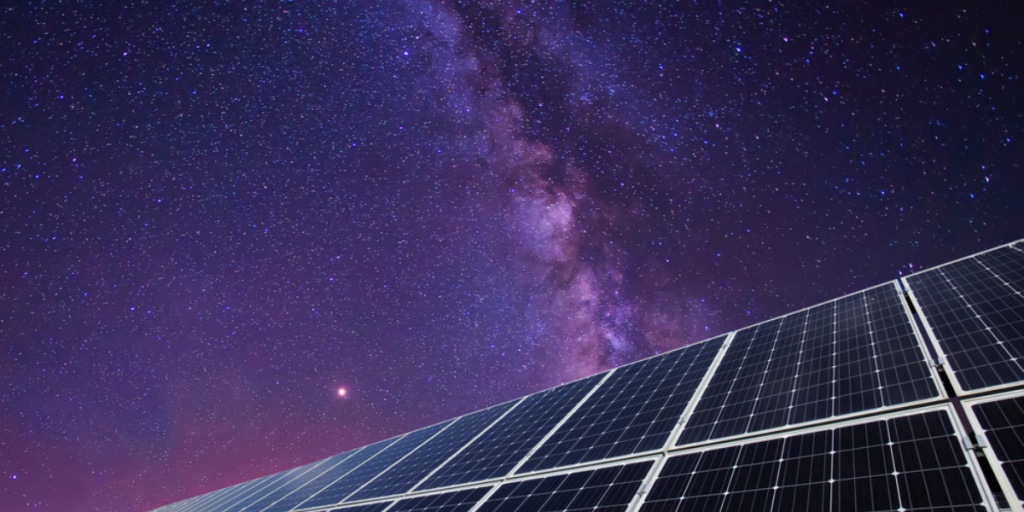Power from space: how countries are investing in orbital energy
Others are reading now
Power from space: How countries are investing in orbital energy
Could the future of energy be orbiting above us?

As the climate crisis deepens and demand for renewable energy grows, a bold idea is making a comeback: Collecting solar power in space and beaming it down to Earth.
Once dismissed as sci-fi, this concept is now gaining real momentum, thanks to advances in space tech, global investment, and visionary startups.
Star Catcher’s laser test brings the dream closer

In March 2025, Florida-based startup Star Catcher conducted a demonstration at the Jacksonville Jaguars’ stadium.
According to the BBC, the company successfully beamed 100 watts of solar energy over 105 meters using Fresnel lenses and an optical emitter—proving the basic concept of wireless power transmission, a key building block for future space-based solar systems.
Also read
Space solar has a powerful advantage

Unlike Earth-based solar panels, those placed in orbit can collect energy almost continuously, without interruptions from clouds or darkness.
As the BBC explains, space-based systems can convert more than 10 times as much solar radiation into electricity compared to ground systems, potentially delivering vast amounts of clean, high-density energy back to Earth.
Global efforts and investment heat up

The BBC reports that governments in the UK, US, China, and Japan are all investing in space-based solar power.
In the UK, Space Solar has received millions in funding to develop technology it hopes could eventually supply 20% of global electricity.
The vision: massive solar stations in orbit

To make an economic impact, orbital solar stations will need to beam energy on the gigawatt scale.
Also read
The BBC describes Space Solar’s Cassiopeia, a 1.8 km-wide platform in geostationary orbit that would send power to Earth via radio waves.
With a capacity of 700 megawatts, each Cassiopeia could supply power to half a million homes.
Startup innovation is accelerating the timeline

Companies like Aetherflux in California are proposing more compact systems. As the BBC details, Aetherflux plans to launch a fleet of low-Earth orbit satellites equipped with infrared lasers.
They’ve raised $50 million to launch a demo satellite in 2026.
But the hurdles remain significant

Despite the optimism, there are big challenges. According to the BBC, experts like Francesca Letizia at ESA warn about space debris risks and managing massive satellite constellations.
Also read
Legal frameworks are also unclear. Under the Outer Space Treaty, no country can claim parts of Earth orbit—so massive commercial arrays could trigger geopolitical disputes.
Realistic or just wishful thinking?

While some experts are excited, others are cautious. A 2024 NASA report, cited by the BBC, states that the cost of space-based solar still far exceeds Earth-based renewables.
There’s also concern that proposed systems may be 12–80 times more expensive than terrestrial alternatives.
A bold energy frontier is forming

Space-based solar power promises clean, continuous, global energy—and a way to support humanitarian aid, disaster recovery, and remote regions.
The tech is real, tests are underway, and money is flowing in. Whether through giant orbital platforms or compact laser-driven satellites, the vision is advancing rapidly.
Also read
Conclusion: a leap of ambition toward a solar-powered future

From football fields to orbital arrays, the journey toward space solar power is no longer science fiction. If the legal, economic, and technical barriers can be overcome, the Sun’s energy—harvested from orbit—could play a central role in a carbon-free future.
The question now isn’t whether it’s possible, but whether we’re ready to build it.


